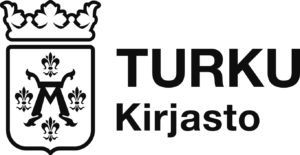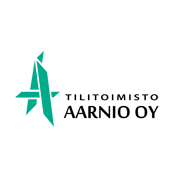SATO – Reducing specific energy consumption
Building environment contributes approximately one- third of the greenhouse gas emissions. Most of the emissions are caused by the operations mainly from energy consumption. SATO aims to improve energy efficiency of buildings and optimize use of energy by using for example artificial intelligence, heat pumps, heat recovery and regular heat consumption monitoring.

Investing in energy efficiency and developing automated systems to reduce energy used as electricity or heat is one key element in reducing green house gas emissions in the building sector. Using data to optimise and to further develop projects to reduce energy use are needed in order to achive sma level reductions in the next five years. This act is sclable in the property management and building sector.
Purpose
SATO’s biggest environmental impacts arise from the energy consumption of buildings. We aim to reduce energy consumption and actively investigates different options to use renewable energy. We are also committed to the Energy Efficiency Agreement targets for the property sector, aiming for a reduction in the total consumption of electricity and heat of 10.5 per cent between 2015 and 2025. Energy Efficiency Agreements are important part of Finland’s energy and climate strategy and a tool to fulfil the EU energy efficiency obligations set for Finland.
Results
SATO published the current sustainability programme in 2019 when we set a target to reduce specific energy consumption by 9% by 2022 from 2015 levels. We fulfilled the objective and reduced consumption 10.2% already by the end of 2020.
Implementation
We invest yearly for several energy efficiency measures such as temperature and humidity sensors, optimizing ventilations and improving energy efficiency in major renovations.
Around 20,000 SATOhomes are equipped with a temperature and humidity sensor that collects data on indoor temperature and air humidity. Artificial intelligence is used to process the data and to adjust the temperature of the apartment accordingly. These systems provide us with more than two billion instances of measurement data annually, which allows us to successfully foresee problems and make repairs on a needs basis, thereby further contributing to the sustainability of our business. Temperature sensors reduce energy consumption by roughly 7% and the need for peak power by some 20%.
We are looking into adjusting ventilation based on needs through various pilot projects. Smart ventilation has been used to eliminate draughts and excessive underpressure. This has helped us to improve energy efficiency and living comfort. In our renovations, we have added heat recovery to ventilation systems.
Legislation governing the energy efficiency of residential buildings requires an energy efficiency figure of 90 for new buildings. SATO is committed to build even more energy-efficient buildings: we target an energy efficiency figure below 81 for new buildings. We aim for at least 30% energy savings in all our major renovations. In every new building and renovation site, we investigate the possibility of geothermal heating.






















































The People's Voice